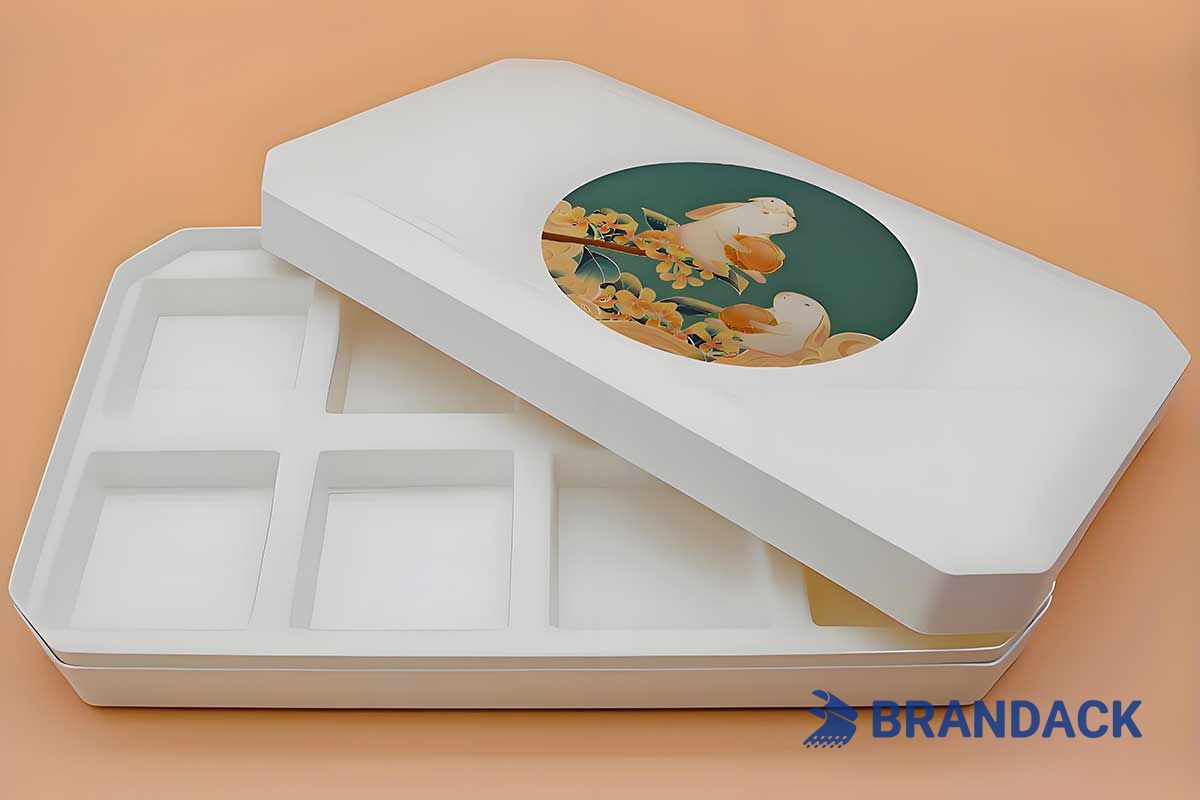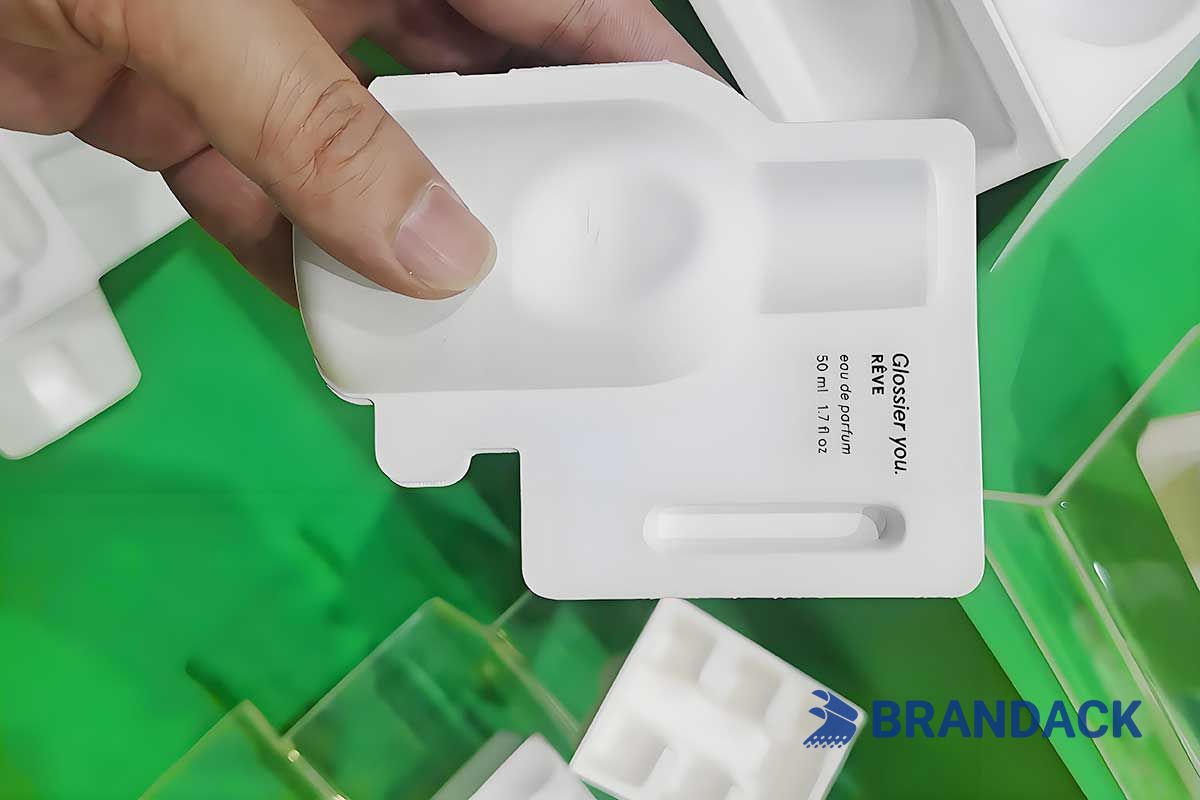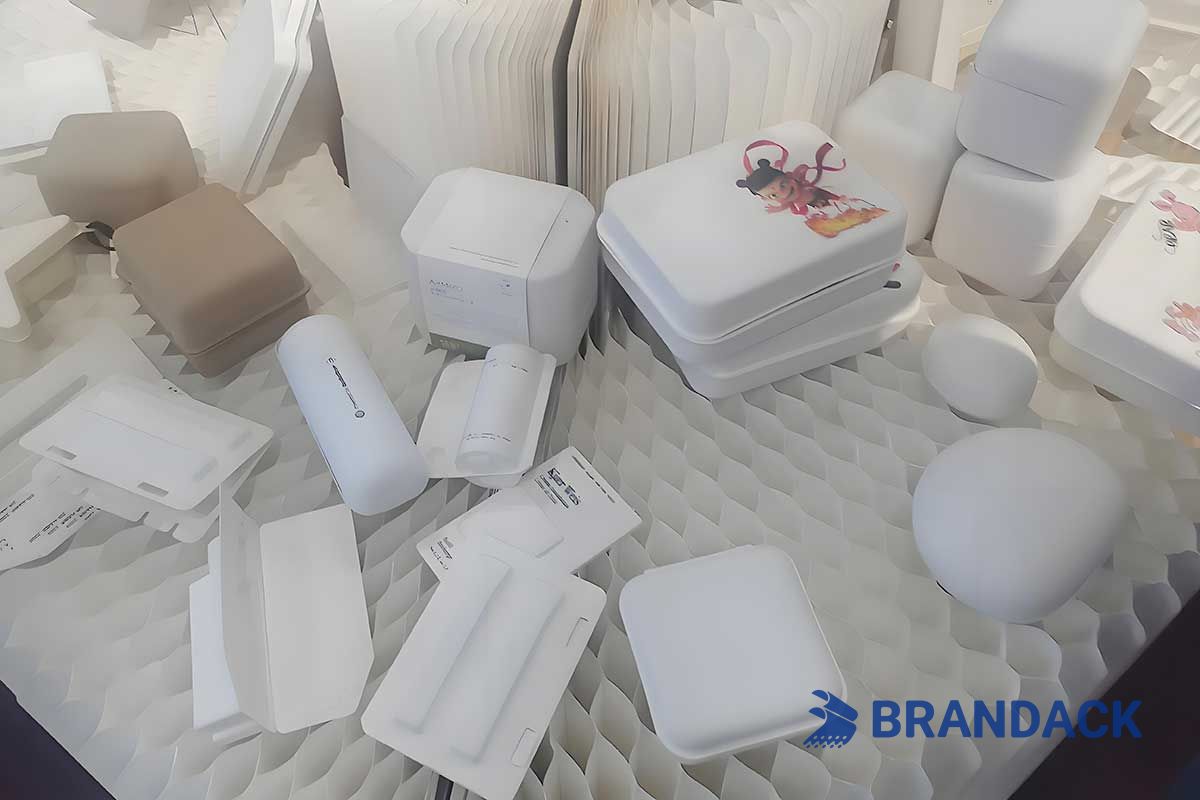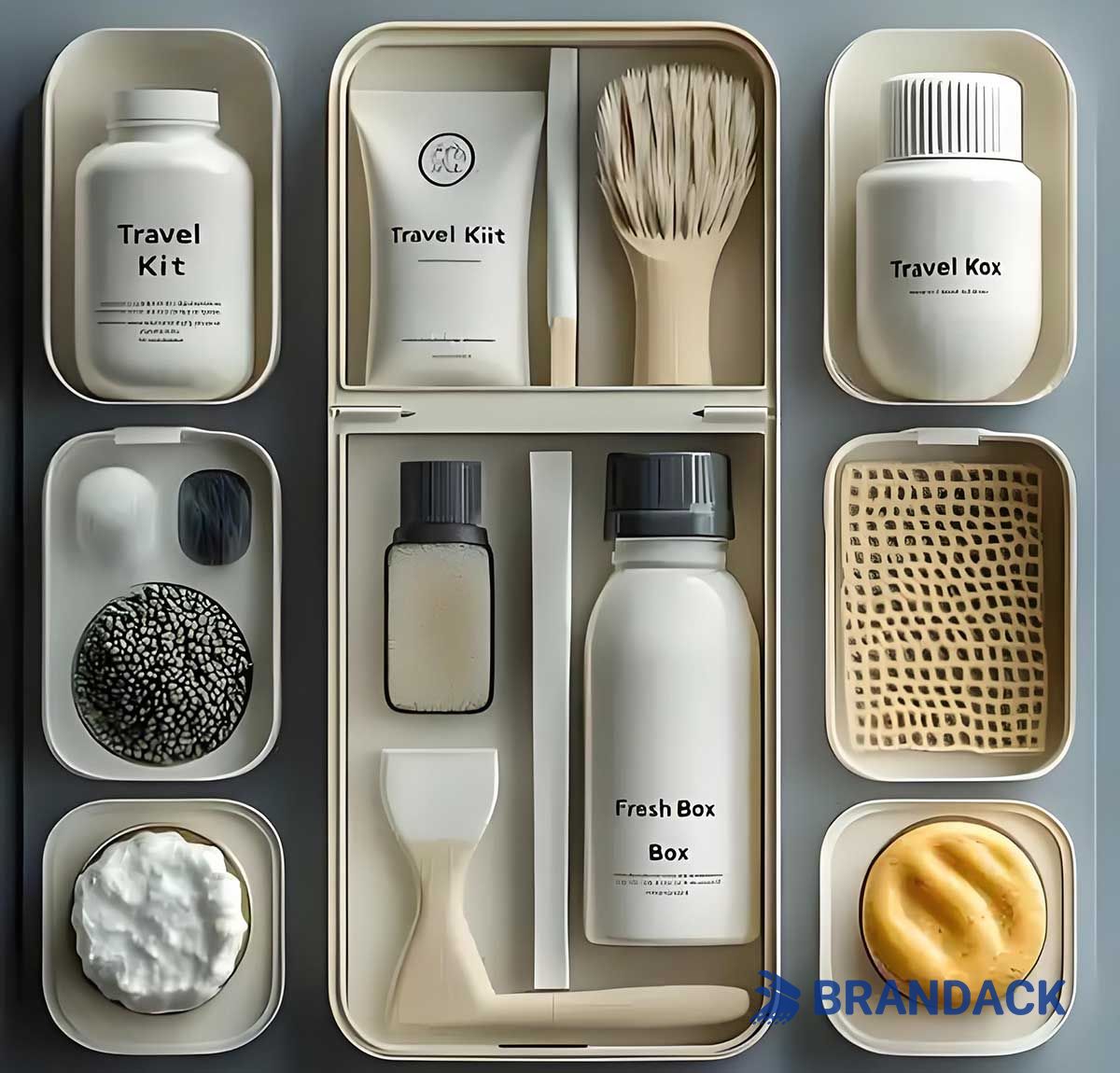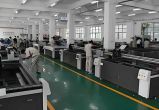The packaging landscape is undergoing a profound, green-rooted revolution. Driven by environmental urgency and shifting consumer values, eco-friendly and biodegradable plant fiber packaging is rapidly moving from niche innovation to mainstream necessity. Let's analyze its current status and future trajectory through the BRANDACK lens:
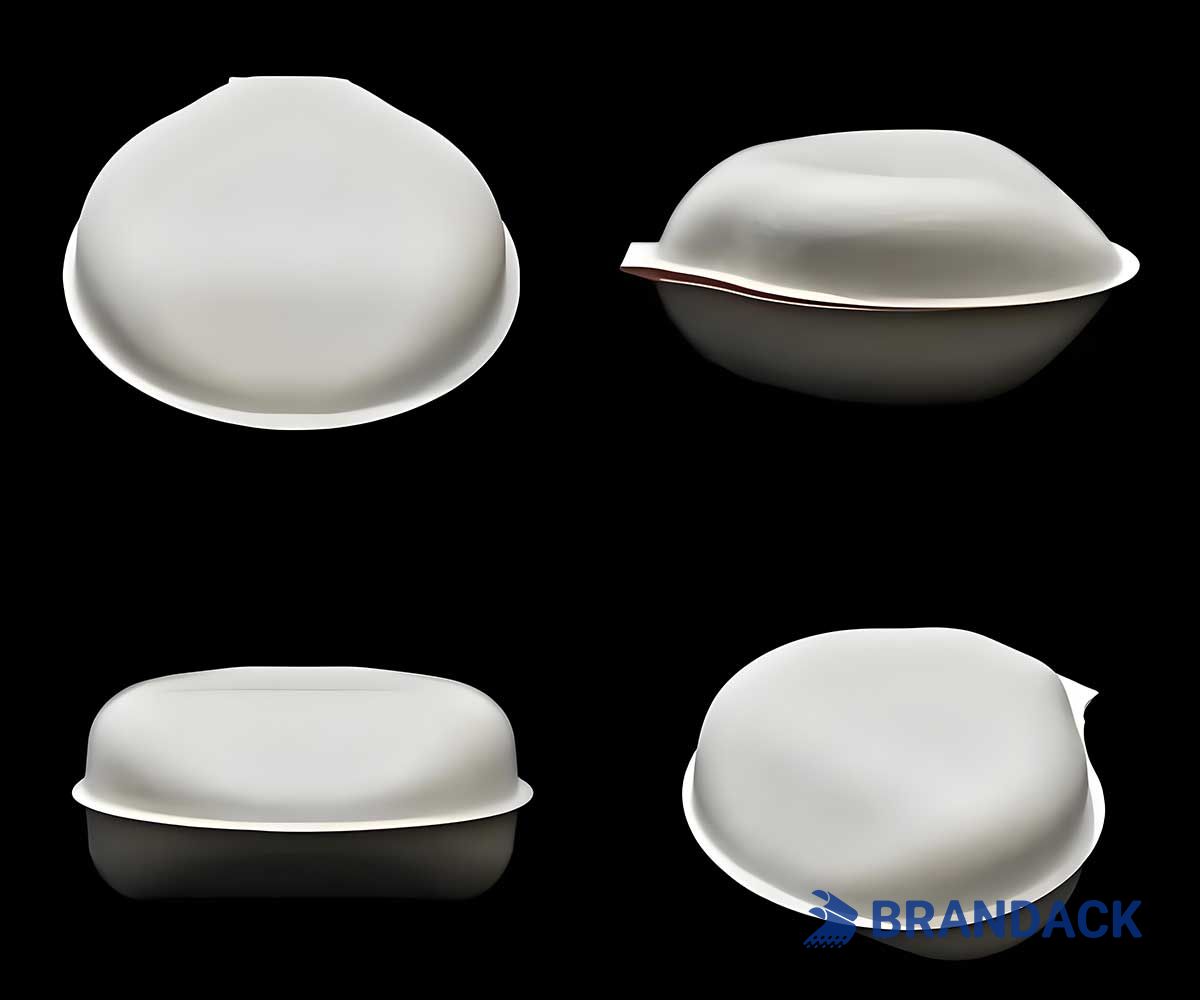
✅ Branding & Image: Sustainability is now a core brand pillar. Leading companies leverage plant fiber packaging (bagasse, bamboo, wheat straw, seaweed) to visibly demonstrate environmental commitment, building trust and loyalty with eco-conscious consumers. It’s a tangible symbol of responsibility.
✅ Regulations: Global legislation is a powerful accelerator. Bans on single-use plastics (EU PPWR, various national laws), Extended Producer Responsibility (EPR) schemes, and stringent landfill/recycling targets are mandating sustainable alternatives, pushing plant fibers to the forefront.
✅ Awareness & Consumer Demand: Public awareness of plastic pollution and carbon footprints is unprecedented. Consumers actively seek and often prefer products in genuinely compostable, plant-based packaging, voting with their wallets for a healthier planet.
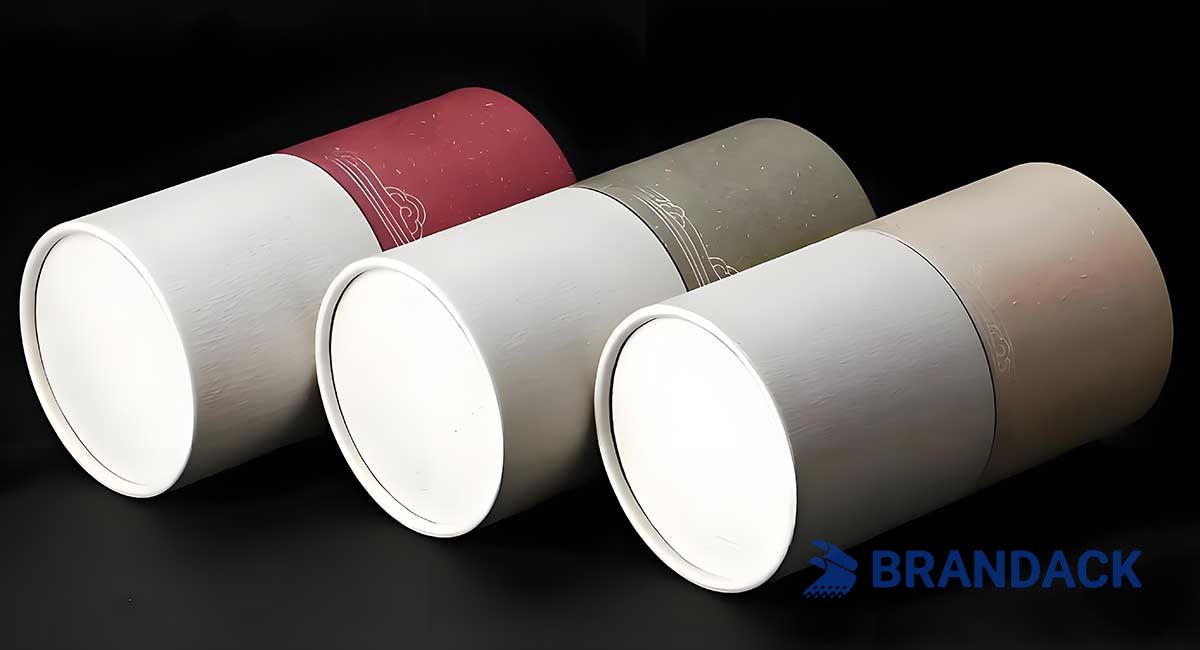
✅ New Materials & Innovation (Demand): Beyond established fibers (molded pulp, paper), exciting innovations abound: Mycelium (mushroom roots) foams, seaweed films, enhanced agricultural residue (rice husks, tomato stems) composites, and water-soluble bio-polymers. Research focuses on improving barrier properties (moisture, grease), durability, and compost-ability certification (e.g., TUV OK Compost HOME).
✅ Demand Drivers: E-commerce growth demands protective, sustainable solutions. The circular economy model prioritizes materials designed for safe biological return. Corporate Net-Zero goals heavily favor low-carbon, renewable materials like plant fibers over fossil-based plastics.
✅ Alternatives Competition: While plant fiber leads the bio-packaging charge, it competes with recycled plastics (rPET, rPP) and other bioplastics (PLA, PHA). Key differentiators are true biodegradability/compostability in ambient conditions (home/soil) and renewability.
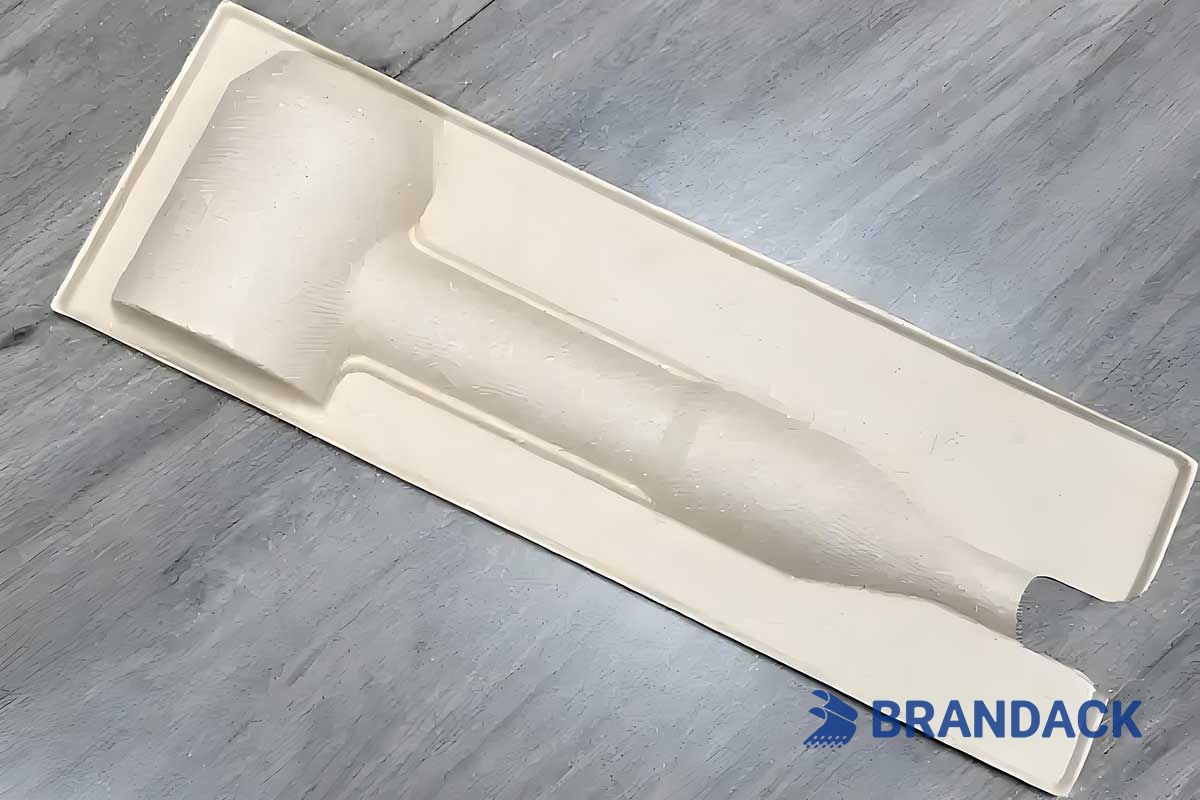
✅ Costs & Infrastructure: Current challenges include higher initial material costs vs. virgin plastic (though narrowing), scaling production efficiently, and expanding industrial and home composting infrastructure globally. Investment is surging to address these.
✅ Knowledge & Collaboration: Success hinges on deep material science knowledge, supply chain transparency (sustainable sourcing), lifecycle assessment (LCA) expertise, and cross-industry collaboration (brands, suppliers, waste managers, composters).
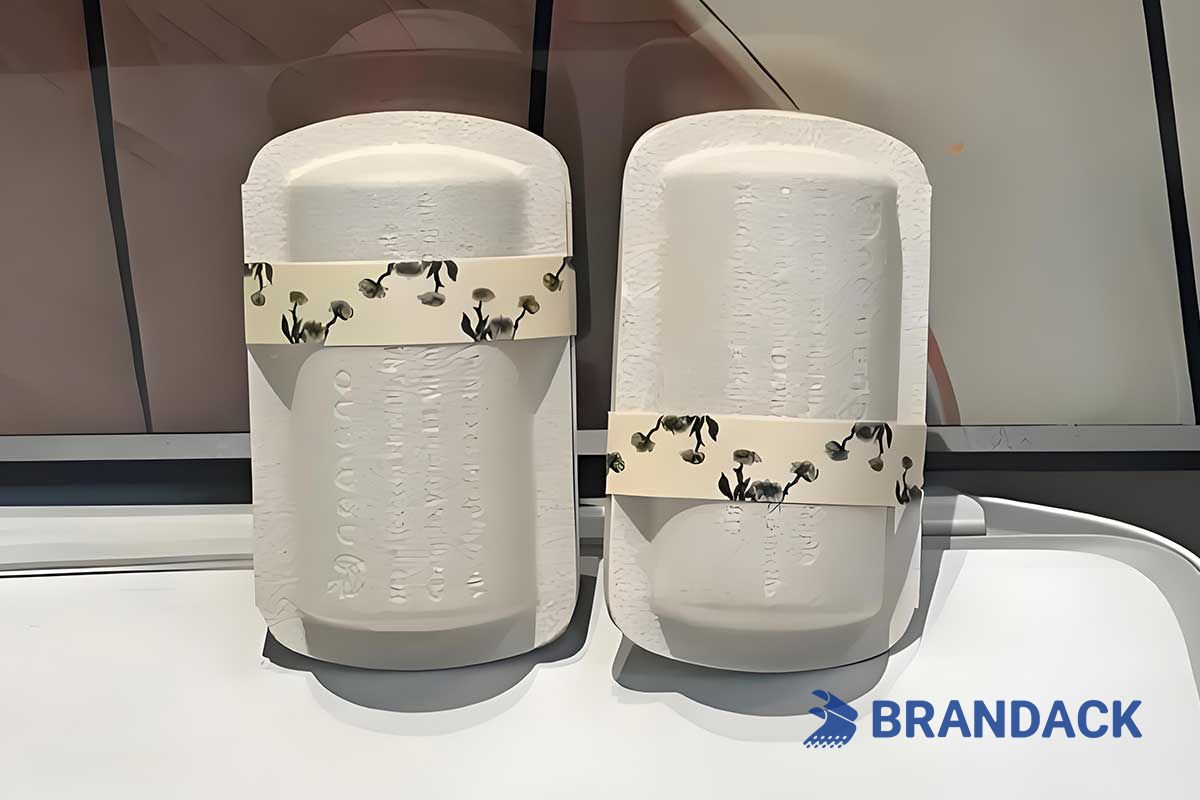
Future Growth Trajectory:
The future is verdant and biodegradable. Expect:
Performance Parity: Rapid advancements will match or surpass conventional packaging performance (strength, barriers, shelf-life).
Cost Competitiveness: Economies of scale, efficient processing, and optimized sourcing will make plant fiber packaging cost-competitive.
Wider Material Palette: Diverse agricultural and marine waste streams will be valorized, creating hyper-local solutions and reducing reliance on dedicated crops.
Circular Systems Integration: Design for true circularity - easy disassembly, robust composting infrastructure development, and soil regeneration focus - will be paramount.
Smart & Functional: Integration of subtle smart elements (sensors for freshness) within the biodegradable matrix will emerge.
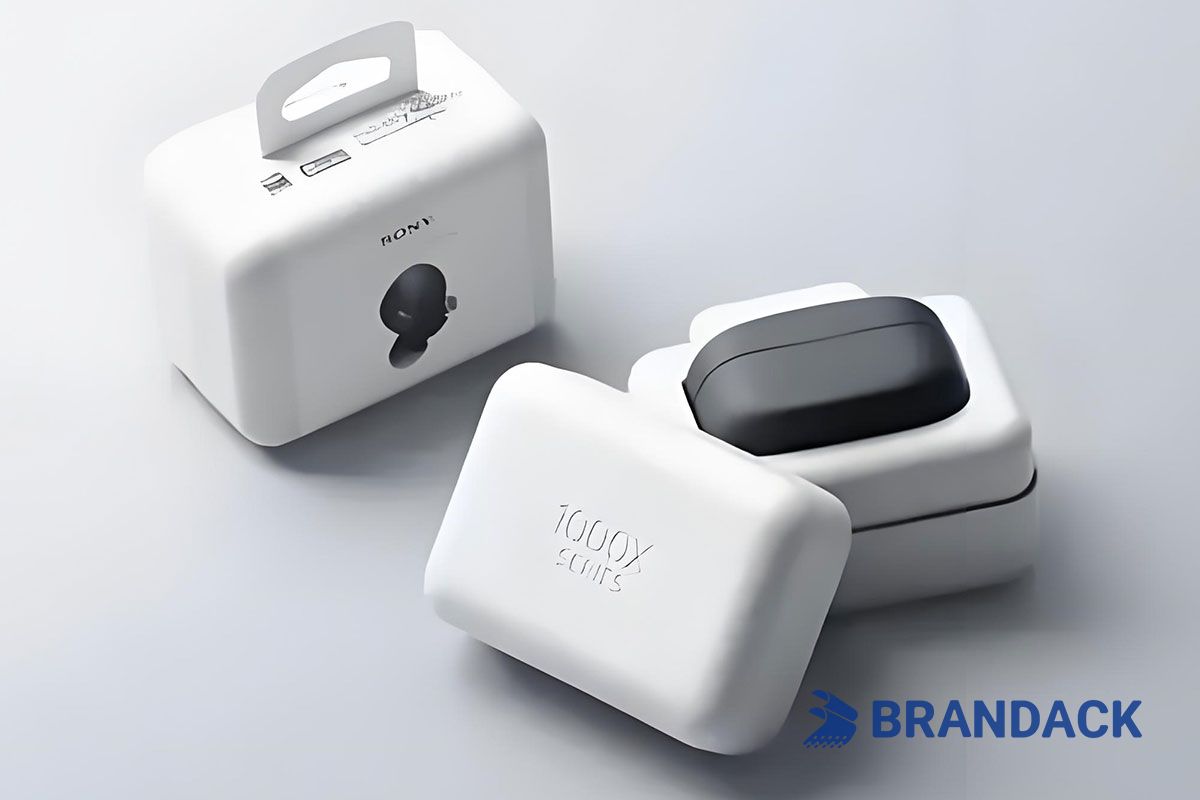
Conclusion:
Plant fiber packaging is not just a trend. But it's the foundation of a sustainable packaging future. The BRANDACK analysis reveals powerful drivers overcoming existing hurdles. For brands and packaging innovators, embracing this shift is no longer optional - it's essential for regulatory compliance, consumer relevance, environmental stewardship, and long-term resilience. The roots are strong, and the growth potential is immense.
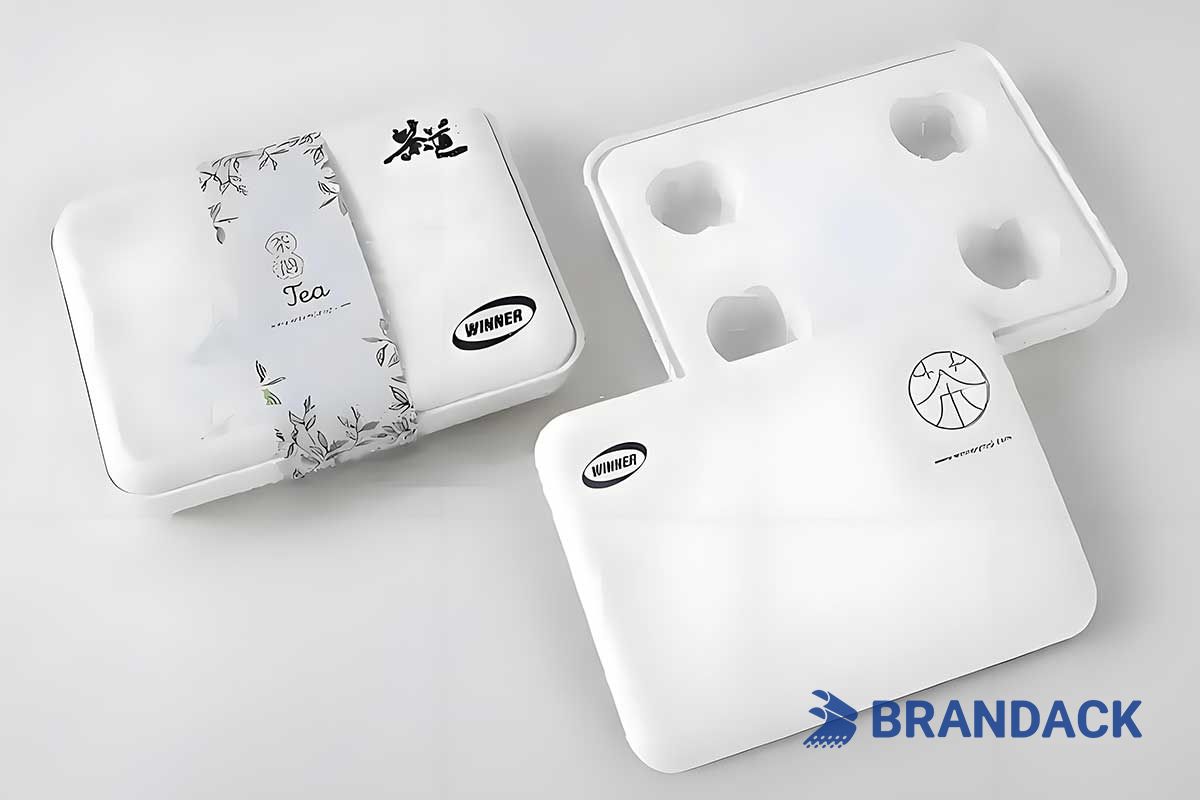
Join the green packaging revolution. Let's innovate sustainably together.
